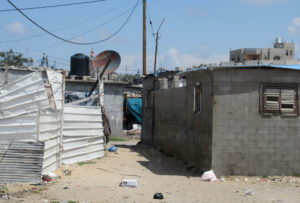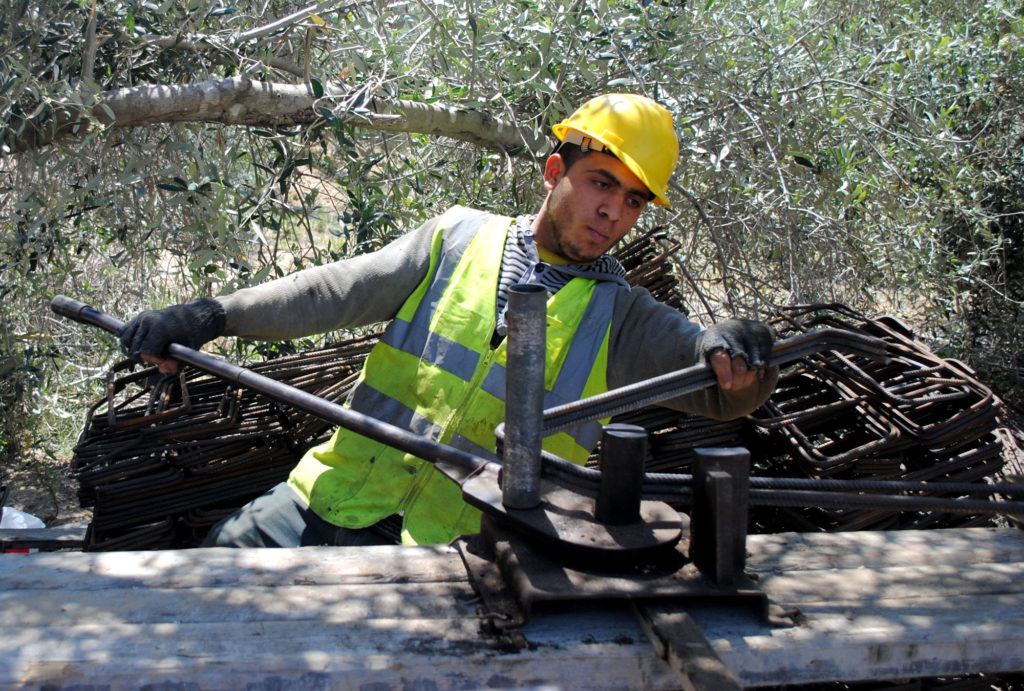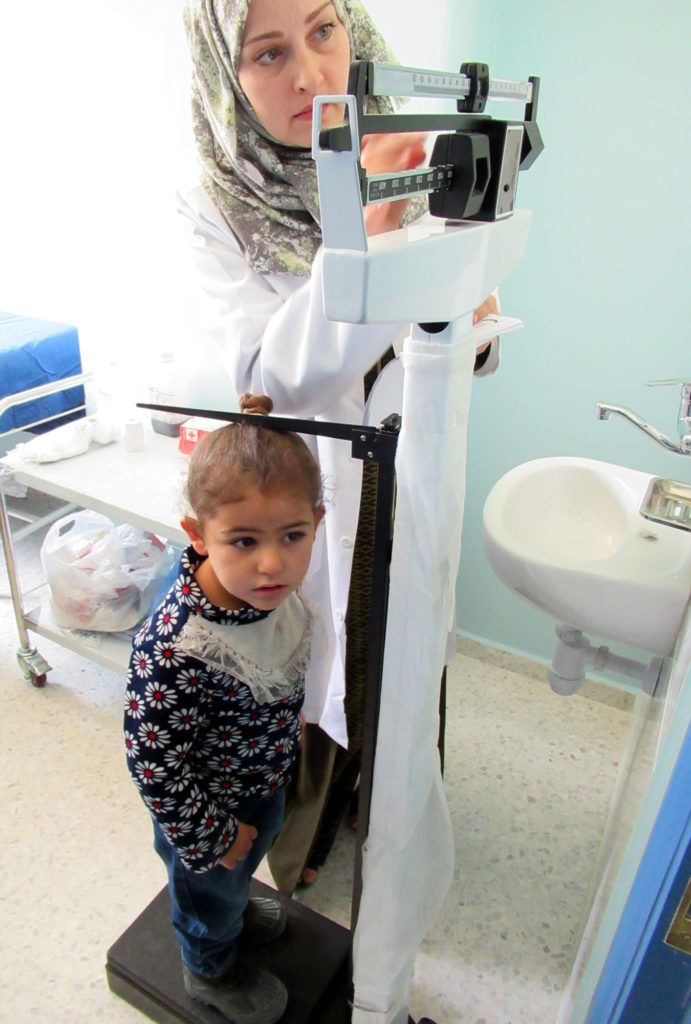11 Years of Visiting Gaza, Seeing it Deteriorate
Posted in: Life in the Middle East
Since December 2007 I have visited Gaza nine times. It is April 2018 and I just got back from a trip there. Over the course of 11 years, I have seen this beautiful strip of land deteriorate to the point where it is hard to imagine how much worse it can be.
On my first visit, the blockade was new. I saw poverty, but there was still some commerce and industry functioning that had existed before the blockade began. For instance, there were still carnation farmers who had been able to make a living from exporting their flowers outside of Gaza. When we visited them, though, the farmers were feeding the flowers to the sheep, because they couldn’t sell them to make a profit on the local market. The carnation fields have been gone for a long time. Back then, some young people still had the opportunity to leave and study abroad. That very rarely happens anymore.
I have friends in the US, who are originally from Gaza but are now US citizens. They had children and their parents, who live in Gaza, have never been able to see their grandchildren. They have not been able to get permits to return for visits. I have colleagues in Gaza who have actively worked to send their children abroad even though it’s meant that they can’t ever see each other. These kinds of scenarios have split up families and have become commonplace, as there is no escape either through Israel or Egypt.


A typical scene in Gaza, April 2018: houses cobbled together out of cinder blocks and other bits and pieces.
With every succeeding year I’ve seen things get more and more dire. The bombings in 2008 – 2009, 2012 and especially 2014 destroyed thousands of homes and entire industrial sectors. They also destroyed water and sewage networks. Schools were flattened. When I drove around on this last visit I saw piles of rubble still, this in a place where space is very scarce. Sure, there are pockets of reconstruction and progress made in some communities, but there is still a long, long way to go.
Most upsetting is how much I’ve seen people’s feelings of hope disappear. I have always thought of the Palestinians of Gaza as having an amazing spirit and resilience. But on this trip I’m hearing people say that things just get worse and there’s absolutely no end in sight to it. People have nothing to strive for. They want a better life for their children. But they don’t see that as a real possibility anymore in Gaza. Even people who have been the most committed to Gaza, who have said to me that they believe it’s important to stay and build up their communities and society — because they love it — no longer are saying such things. Many people tell me they would leave if they could, because they need to make sure their children have a brighter future and they don’t want to doom them by keeping them in Gaza.
Gaza is full of educated, capable and motivated people who could rebuild their communities very quickly if they were allowed the freedom to interact with the outside world. Isolating them and strangling their livelihoods does not protect Israel. Instead, the level of control exerted over Palestinians in Gaza has created anger, frustration and hopelessness.
Isn’t it obvious this is no path to peace?
Restoring Hope in Gaza
For people who have lost confidence in leadership, for those caught in the middle of a situation that they did not create, it is essential that organizations like Anera continue to operate. This way, patients receive medicines, children get quality education, farmers feed communities, and clean water and reliable sewage networks reach the most vulnerable neighborhoods.
If peace feels elusive in our generation, we need to try and foster it for the next, to build a sense of possibility for the future. And this is what Anera and other non-profits do in Gaza. Because we believe that people with hope can positively shape the life of their families, their neighborhoods, and their region.


In Khan Younis, Anera is building a much-needed community center, employing scores of workers in a place where jobs are scarce.


Nurses and doctors held an open health day for local children at this Anera-built clinic in Beit Lahia, Gaza.
OUR BLOG
Related
In this log, Anera provides updates on unfolding war in Palestine and our response. In some cases, additional activities may be added retroactively to the daily entries as we receive additional program reporting. Questions? See our FAQ page July 14,…
